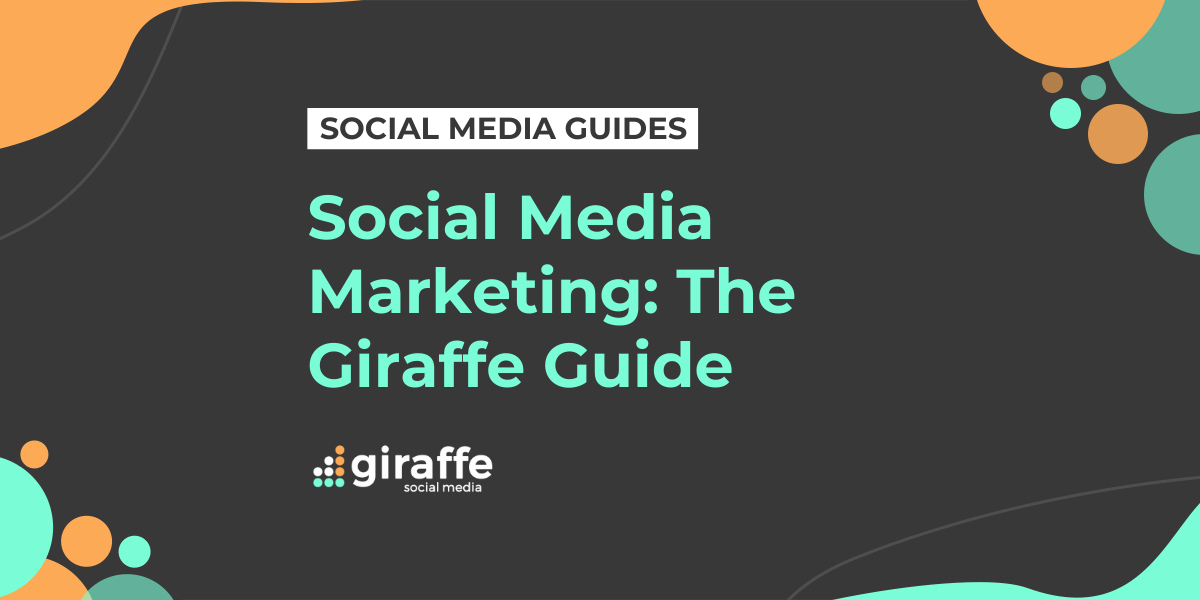
Social Media Marketing: The Giraffe Guide
Social media marketing and traditional marketing used to be two separate avenues, especially when social media was in its infancy. Now, all methods are very much combined to give businesses the best chance to get their brand in front of potential clients.
Social media has changed the way businesses market their products and services for good, so it’s important to understand what it all means for you and your company. Here’s the Giraffe guide to social media marketing.
What is Social Media Marketing?
To delve into social media marketing, we must first understand what constitutes social media. Social media is a “collective term for websites and applications which focus on communication, community-based input, interaction, content-sharing and collaboration.” Big social media platforms include Facebook, Twitter, Instagram, LinkedIn, TikTok, YouTube, and Snapchat.
Social media marketing is a little harder to define, as it is always evolving and looks different for different industries. For this reason, you’ll find lots of different meanings and explanations of social media marketing. According to Investopedia, “refers to the use of social media and social networks to market a company’s products and services.”
Buffer describes social media marketing as “the use of social media platforms to connect with your audience to build your brand, increase sales, and drive website traffic. This involves publishing great content on your social media profiles, listening to and engaging your followers, analysing your results, and running social media advertisements.” Nevertheless, like defining social media, just a few sentences cannot carry the nuance of social media marketing.
No matter how you describe it, there’s one thing for sure: social media has changed the way we do marketing forever. According to Hubstaff, “Nearly 97% of all Fortune 500 companies use at least one social media network, such as LinkedIn, Facebook, Twitter, or YouTube, in order to establish a good communication line with stakeholders and advocates.” If you want to market your business successfully in this day and age, there is no escaping social media.
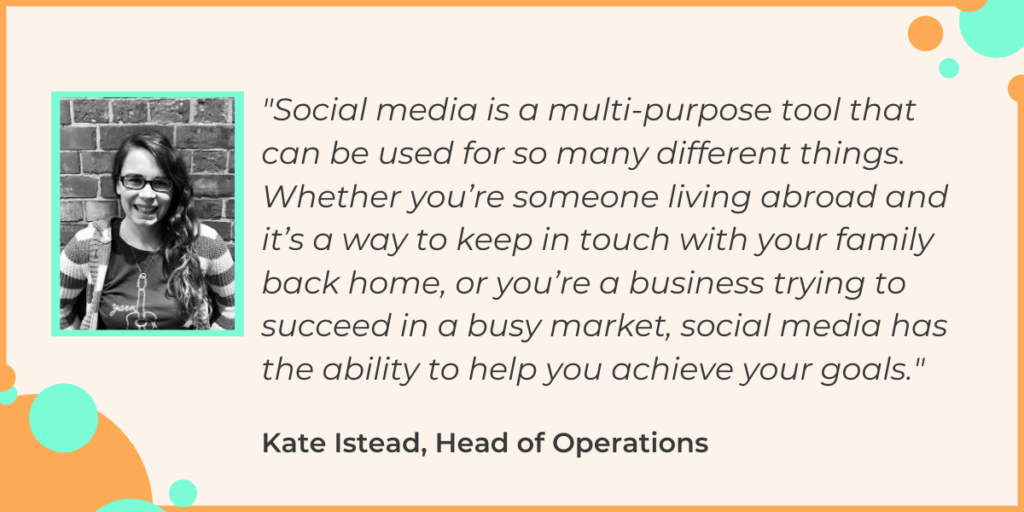
The Benefits of Social Media Marketing
McKinsey & Company reported from their survey that “over 70 percent of companies are trying out social customer care as a way to further connect with and support their audience.” But how can social media marketing help you and your business? Why should you bother with it?
As a business in the digital age, it’s detrimental to not have a presence on any social media platforms, especially as a start-up or new business. An online presence helps you connect with current and potential customers/clients, building relationships and securing your legitimacy as a business. It can give you a platform to build a community full of feedback/testimonials, so you can improve your products or services and hear comments directly from customers.
Social media marketing success all depends on why and how you use it. While posting consistently is often rewarded, a constant stream of low-quality content will appear ‘spammy’ and unprofessional. A good social media marketing strategy, clearly defined goals, and well-tracked Key Performance Indicators (KPIs) will put you on the path to success.
Community management is also key to social media success as a business, so make sure you’re avoiding mistakes that could alienate your audience. Your social media channels should provide value to your target audience and customers, making them feel included and welcomed.
A Social Media Strategy
It’s easy to say that a good social media strategy is the key to success, but what makes a good strategy? You have to gather your tools and resources and work out how you’re going to reach your social media goals. It’s a lot easier said than done.
Often it can be tempting to just start posting on platforms right away, but without brand guidelines, campaign ideas, and set objectives or goals in mind, your creativity will soon die out, along with any interest from your audience.
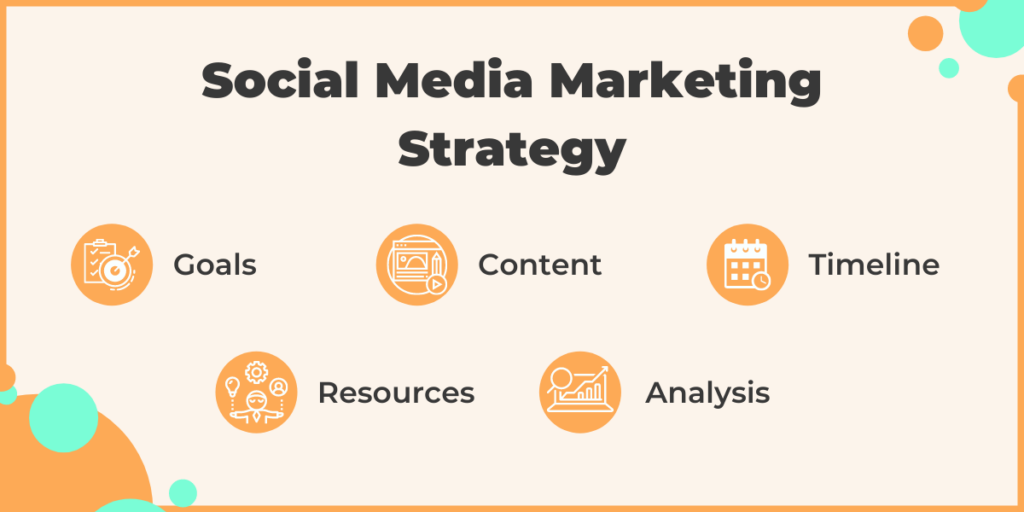
Goals
In your social strategy, you should identify the main goal(s) you want to achieve from your presence on social media. This could be brand awareness, revenue/sales, increased engagement, getting your values out there and helping people, or lead generation.
Whichever goal, or multiple goals, you choose will help shape the type of content you produce, how often you produce it, and which platforms it’ll be shared on. If your goal is to drive brand awareness, creating shareable and valuable content will help boost your social media performance.
Content
Identify the types of content that does well in your industry on social media and use your research to inform your own content. Creating unique content can be challenging at first, but over time it will become second nature.
You can go on to pick the best platforms, select the most appropriate hashtags, identify key dates for campaigns, and create sample posts. You’ll then need to put a social media policy in place – you can find out more about what a policy is and what you need to put in it here.
Timeline
For one-off social media campaigns, a timeline for content and marketing efforts is crucial. You’ll need to know what posts will go out, to which platforms, and when.
However, equally valuable is thinking of ongoing social media marketing efforts in terms of timelines as it is a great way to keep track of your content cycles, plan for seasonality, and keep content fresh.
Resources
The extent of your social media efforts will be determined by the resources you have available. Your budget for social media marketing will include and shape staff wages, paid social media advertising, social media tools and software, and more.
Even though social media is, for the most part, free-to-use, there are plenty of costs going into upholding a social media presence, not to mention paid advertising capabilities on the top social media platforms. Using paid third-party marketing software can help you dive deeper into your historical data, leading to more informed social media strategies and content.
Think carefully about the tools you’ll need to achieve your goals and thrive on social media.
Analysis
Set three or four specific objectives that will help you achieve your goal(s). They should be measurable, so you can see the results. For example, if you wanted to build brand awareness, you could make your objectives: ‘Reach 1,000 people with organic posts’, ‘engage with ten people a day on Twitter’ and ‘use the reach option on promoted posts’. These would all be appropriate to your goal of brand awareness and will aid you in attaining it.
Now you’ve got the basis of what you want to achieve, you have to analyse what aspects of your current social media are helping you to do this, and what parts aren’t. Make a list of things you like, things you think don’t work and aspects you’d like to introduce. For example, you could dislike that you just post at any time during the day on Facebook. If this is the case, you could then start optimising your scheduling times, so your posts publish when your audience is online and most active.
Starting From Scratch
There’s a lot more preparation necessary if you’re setting up brand-new pages and have had no previous social media presence. In this case, look at other relevant social media pages you find engaging to take inspiration from.
Your next step will be identifying your competition. Look at what other brands and businesses in your industry are doing on social media. Highlight what you like and things they are doing on social media that are working on their pages. Facebook even lets you set up ‘Pages to Watch’, so you can constantly keep an eye on their post and engagement levels.
The Social Media Platforms
The world of social media is ever-changing, so we’ve chosen to focus on the five platforms we think are the most important in the social media marketing world right now. They all have extremely beneficial features that help to get a company’s products and services out to the right audience.
But where do you start? How do you know where your marketing strategy will work best? And what do you even post on the platforms you want to market on? Giraffe is here to help!
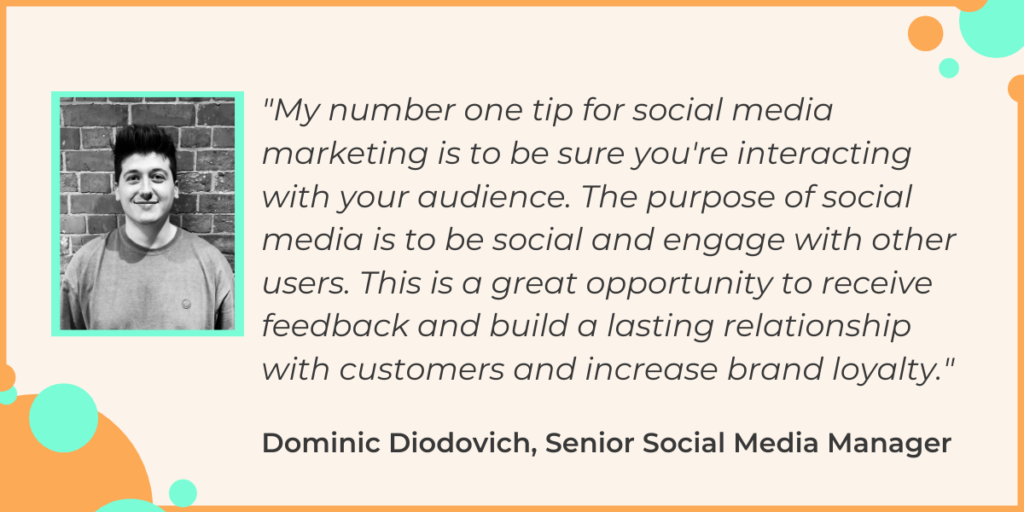
We live in a world where the impact of social media marketing cannot be ignored. Brands are judged on their social presence and new brands have been created through a social and online presence alone. Everyone is listening and we now spend on average 2.5 hours of our day on social media.
With this in mind, our top tip for Social Media Managers using any and all platforms is to proofread! Keep it fun, keep it interesting, but don’t forget to check what’s going out before hitting “post”. It will take a fraction of a second for someone to notice a mistake and they won’t be afraid to point it out.
Facebook is one of the biggest social media sites, especially for social media marketing. In late 2020, Facebook reported a staggering 1.85 billion daily active users – roughly 66% of monthly active users. Its huge user base and opportunity to grow page likes lends itself to Facebook’s role in traffic and brand awareness social media objectives. However, Facebook can also be incredible for engagement and building a community, especially through the Groups feature.
With Facebook, there are lots of different post types you can share to keep your audience engaged and interested. Using different post types also varies up your platforms’ feeds, so it doesn’t look like you’re spamming your audience with the same sales-driven posts.
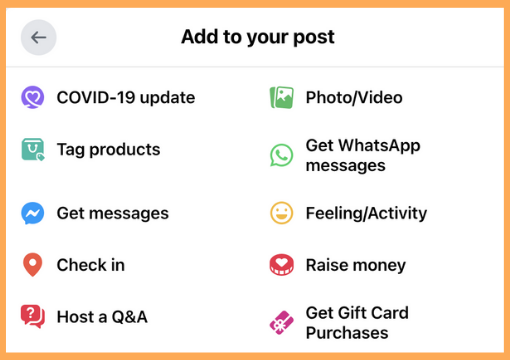
Image posts can include a standard single image with written copy, or a carousel of multiple images, which provides a more interactive experience. If you upload an external link, Facebook will add pictures in your carousel for you directly from the website you’re citing, with the option to add or remove images accordingly.
Facebook Features
You can go Live and share your products being used in real-time. You can conduct Q&A sessions live and get your audience involved. It also makes your brand appear more human and personal as you’re introducing the team and putting faces to the names.
You can create a business-orientated Facebook group, which will allow you to post to your audience on a more personal level. Facebook groups also let you post more different and advanced post types than the usual Facebook business page features will allow.
Facebook is also great for sharing videos as they increase engagement on your platforms. Video content on the platform can range from handheld behind-the-scenes footage of your business, to meticulously crafted video marketing content to educate and/or entertain your audience.
Facebook Business Suite is a useful, comprehensive built-in tool for business pages to manage content. One bonus of this is that it allows you to schedule natively, so you won’t have to log on every day if you’ve got a busy week ahead or use third-party software to schedule. Simply log on Monday morning, figure out what you want to say and schedule away!
Insights is another nifty feature on Facebook that will give you an analysis of your time on social media. From the Insights feature you can see what post was engaged with the post, or even check when your audience is online the most. It will help you improve and evolve your social media presence.
Facebook Ads
Facebook’s paid ads system is one of the richest and most complex social media advertising offerings available. The variety of ad types and objectives combined with Facebook’s huge, varied list of active users makes advertising on Facebook a great choice for many businesses. Read more about Facebook Ads Manager here to get started and see if paid Facebook ads are right for you.
Click here for help with Facebook marketing.
Twitter is another one of the big platforms for social media marketing. Twitter boasts 192 million daily active users and over 500 million Tweets sent out every day. The platform is great for finding potential customers to interact with, engaging with your current audience of consumers or other businesses, and even hiring new talent.
We all know and love hashtags nowadays, but did you know that using hashtags originated on Twitter? In 2007, Twitter user Chris Messina had the idea to filter Tweet topics and phrases by putting a hash symbol (#) in front of the relevant words. Now, almost all public social media platforms support the use of hashtags and they’re prevalent in modern digital culture.
Twitter Features
Famous for its original 140-character limit, which has since increased to 280 characters, Twitter is great for firing out frequent, short-form content. Alongside regular text and link Tweets, Twitter allows for up to 4 photos, 1 video, or 1 GIF to be shared per tweet. There is also an option to create a poll with a question and 2-4 choices, as well as the ability to manage who can answer the poll (everyone, people you follow, or specified users). There is also an emoji library for easy insertion into your Tweets, no copy-and-paste necessary. Twitter even shares their invaluable advice on how to share video content on the platform, too.
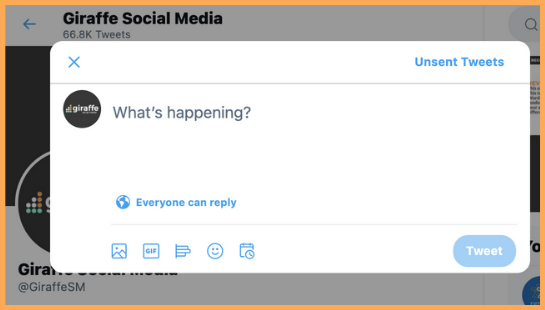
Twitter users, business accounts included, are well-known for responding to Twitter threads using GIFs. The built-in GIF search function holds a plethora of internet memes and popular culture references just waiting to be shared. Sharing relevant or funny GIFs contributes towards friendly, humorous, and personable brand voices and identities.
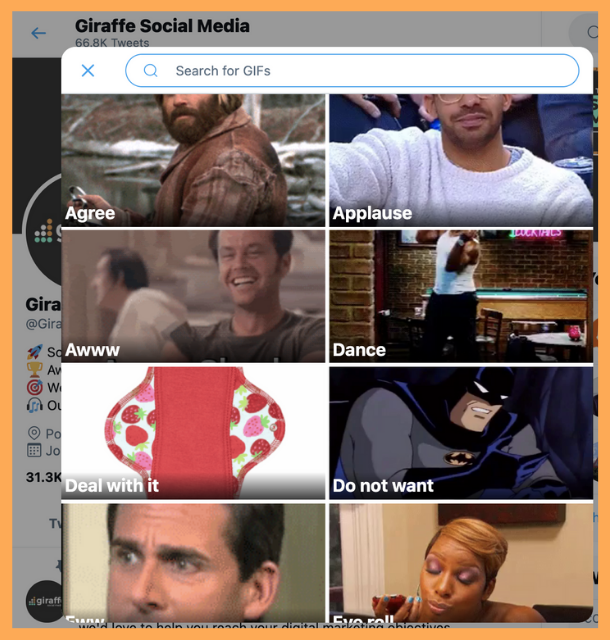
Even better, Twitter have added the ability for business accounts to schedule Tweets natively without the need for third-party marketing software.
Twitter Ads
Twitter offers paid advertising capabilities to business users, along with a comprehensive guide to using Twitter Ads. When deciding to use Twitter ads, as with all platforms, you’ll need to investigate whether Twitter is the right platform for your business to advertise on and whether your target audience is within reach there.
For more on marketing on Twitter, click here.
Next up is the photo and video sharing app Instagram. Instagram hosts 1 billion monthly active users across the globe, with 500 million users active daily. Originally just mobile-based, following Facebook’s acquisition of Instagram, Instagram is now integrated with Facebook Business Suite so long as you have a linked Facebook business page. This includes the ability to schedule Instagram posts.
Instagram Features
Instagram offers a diverse range of post options/types but is strongly focused on high-quality visual content. On Instagram, have to put a lot more thought into your graphics and ensure you’re using good quality image and video.
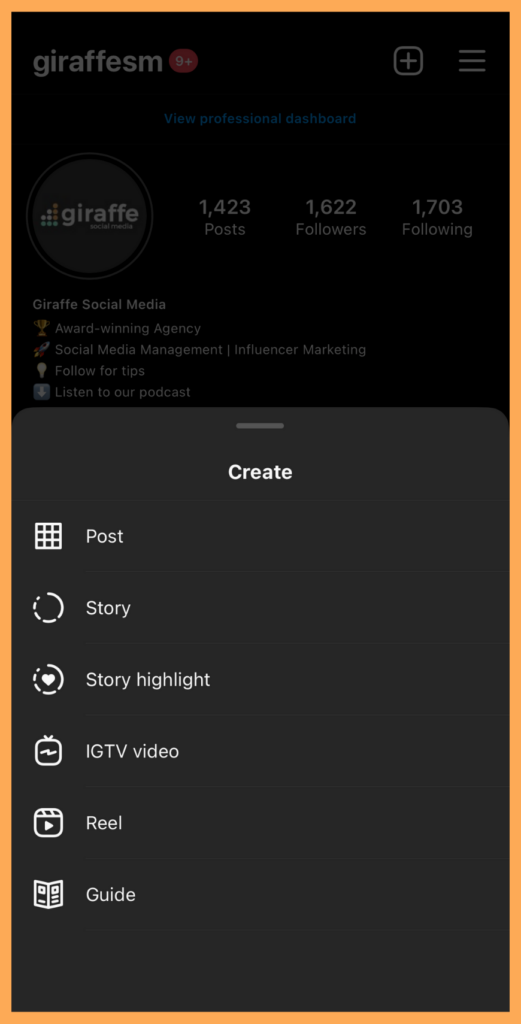
Instagram is getting constantly updated and has provided users with lots of new and exciting features over the years. Direct messaging was added in 2013, 3 years after launch, and Stories (disappearing content lasting 24 hours, similar to Snapchat) were introduced in 2016. Also in 2016, they added the Shopping feature and Live video.
In 2018, IGTV was launched, available within Instagram and its own app. IGTV is Instagram’s answer to YouTube, allowing businesses and creators to upload pre-made long-form video content of up to 10 minutes in length. These videos can then be arranged into Series, a great way to organise your content.
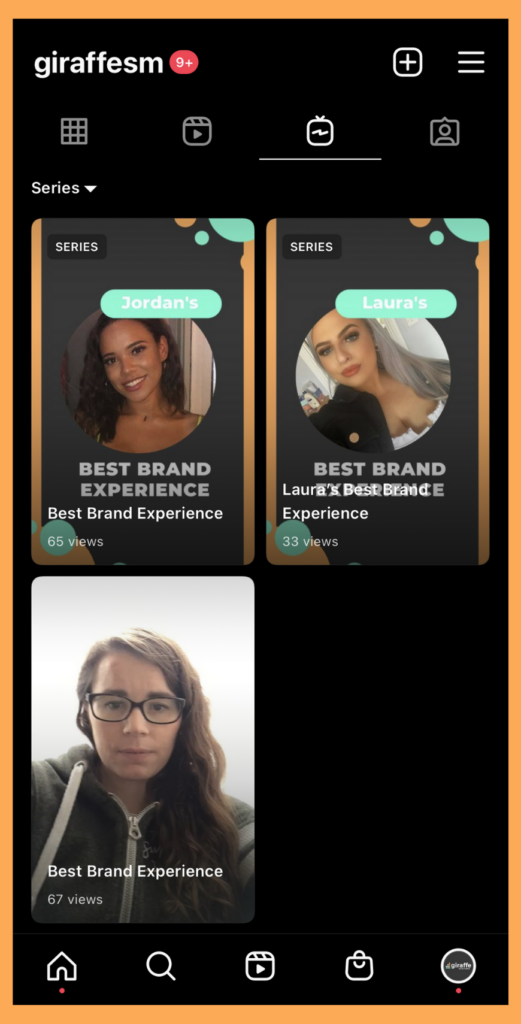
Reels were introduced in 2020, Instagram’s answer to the massive popularity of TikTok. Instagram’s big 2020 redesign rearranged the home page icons, putting Reels and Shop tabs in prominent places. Now, Reels are separated from the regular Explore page, more closely resembling TikTok’s For You page experience and allowing users to search within Reels directly. For more information on how to utilise Instagram Reels, click here.
With Instagram Stories, you can post different types of content than you would on your feed, as it won’t permanently exist and can be more personal/rough around the edges. This means you can do behind-the-scenes photos that don’t have to be high quality or clips of your team explaining a product. The good news is the Highlights feature lets you save important or useful Stories to your profile page. You can also use Instagram Stories to go live and showcase your services or products in real-time.
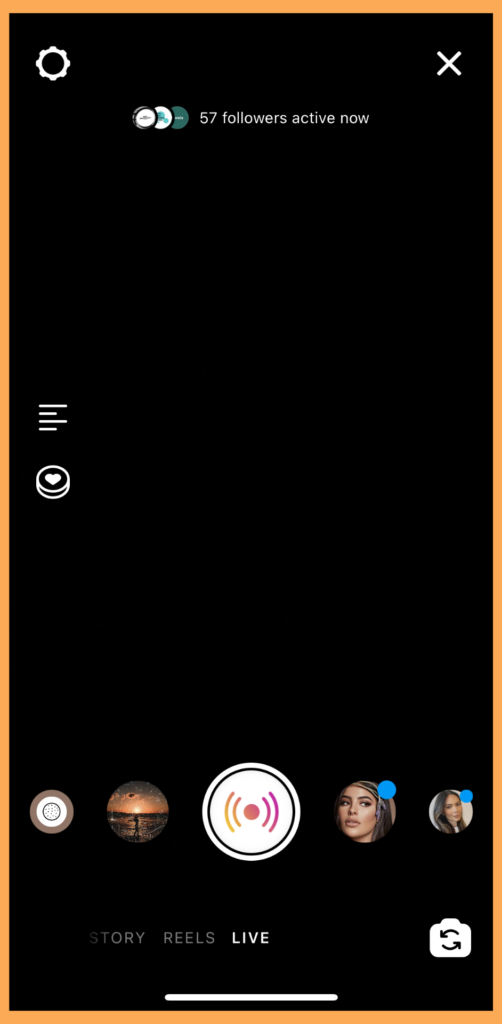
Like Twitter, hashtags are also useful on Instagram. You can add up to thirty hashtags in either the caption or, commonly, the first comment. They are a great way to get your posts to reach more and new people. Instagram have even given the ability for users to follow hashtags. Therefore, if you get the tags right, your posts will show up in lots of different people’s feeds.
Location tagging is also a great feature on Instagram, letting people know where your store is or where your services are offered. You can add locations to feed posts and within stories, and all are searchable/clickable to explore other posts with the same tagged location. This is great for local exposure and growing your reach.
Instagram Ads
Tied with Facebook for Business, advertising on Instagram is pretty well-optimised and useful for targeting users with specific interests and habits. Sponsored posts are great for brand deals and influencer marketing, and they help users identify which posts are organic and which are sponsored/paid for.
For more on Instagram marketing, click here.
LinkedIn is a little different to the other social media platforms mentioned above. It’s more designed towards B2B companies and individual working professionals. However, it can be a great benefit to any business that wants a professional profile and get
LinkedIn has now become a platform to share company news, network with like-minded individuals, generate new business leads and nurture trust with your current clients and customers. It’s labelled as a ‘professional networking site’ and “has almost 740 million members with over 55 million registered companies,” accumulating in over 1 billion interactions every month.
LinkedIn Features
What you post on LinkedIn will be different from the content you share on Facebook and Twitter. Video content works well on the platform because of how engaging it can be, as well as a good format for sharing webinar clips and other educational content.
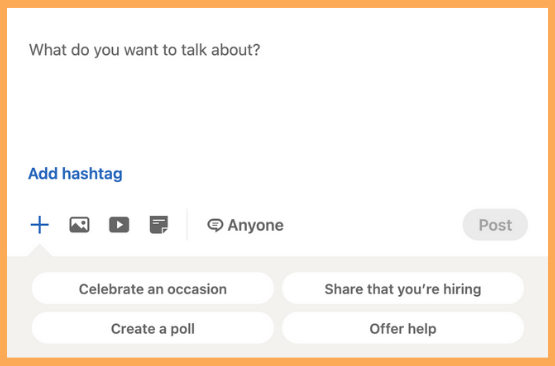
Sharing articles, as a personal user or business account, is common on LinkedIn, and your own content can be hosted on LinkedIn itself through the LinkedIn Publishing Platform. This allows users and companies to build up a foundation of blog/article content and increase shareability.
Another great thing about using LinkedIn as a business is how easily your employees can become brand ambassadors through the platform. All they have to do is include their workplace on their profile, talk highly about the company, and engage with posts the business shares!
LinkedIn Ads
Advertising on LinkedIn allows you to target unique, specific audiences with easy and effective ads, all while monitoring your budget/costs closely. It’s a great option for B2B business in particular due to the ability to target job titles and industries.
To learn more about marketing on LinkedIn, click here.
TikTok
TikTok is one of the most recent additions to the social media marketing roster. Although many simply think of young people doing dances with their friends when they hear “TikTok,” it presents a brilliant opportunity for businesses to dive into influencer marketing, product advertising, and industry content.
With 800 million active users worldwide – almost on par with Instagram’s 1 billion – TikTok is no joke. Digital Marketing Institute points out that “marketers are drawn to TikTok as it reflects a key social media trend for creativity and collaboration amongst young audiences.”
TikTok Features
Duetting with or in response to other creators, using popular sounds and filters, and putting your own spin on popular trends are just a few of the ways to utilise TikTok’s unique features and conventions for marketing purposes.
Video creation tools on TikTok allow for lots of creativity and room to experiment. Change clip speed, add filters, use special effects, and select from a vast catalogue of popular ‘sounds’ – all within the app.
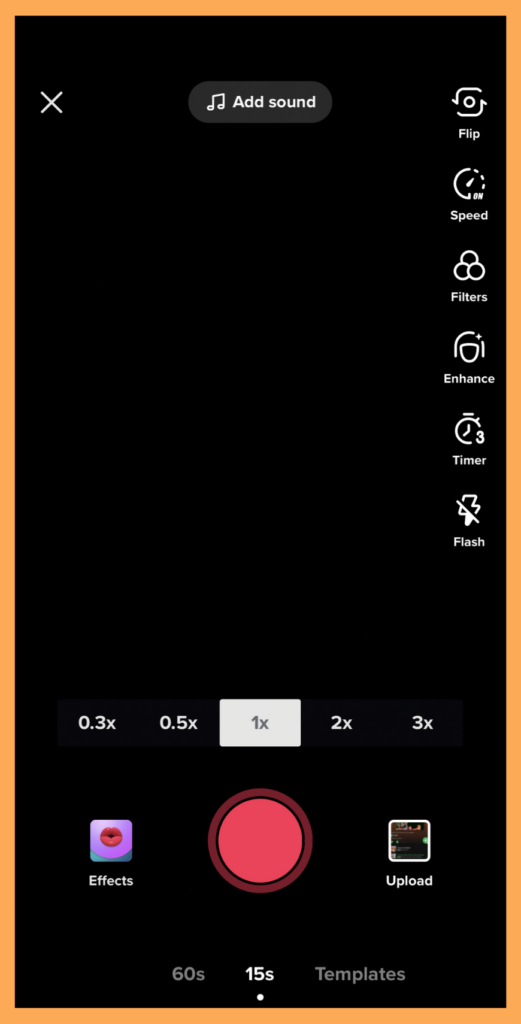
TikTok’s For You page is renowned for its almost-perfect algorithm, curating relevant yet trendy content for every user in an easy-to-digest home page. Generally, businesses on TikTok aim to get on the For You page of their target audiences to increase the reach of their content. Getting into TikTok marketing can be a daunting task, but don’t worry, we’ve got you – here are our tips for getting on the TikTok For You page!
TikTok Ads
Still in its infancy, TikTok advertising allows businesses and creators to promote content on TikTok. TikTok offers several paid advertising features, including: in-feed video ads; branded hashtag challenges; brand takeovers; TopView ads; and branded effects. If you’re looking to advertise to an audience of young, energetic consumers, TikTok ads might be for you.
Keep up to date with TikTok marketing on our blog.
The Others
Of course, Facebook, Twitter, Instagram, LinkedIn and TikTok aren’t the only platforms for social media marketing. Other channels such as YouTube, Snapchat, Pinterest are all great social media marketing options for businesses with relevant audiences on those channels.
The key to success on social media is to engage with relevant communities and your followers in meaningful ways. Spend time following and liking other people’s posts and pay attention to the conversations they’re having. When you reply to/comment on other posts, make sure you’re adding value to the conversation. Try drumming up discussion with specific questions that specifically indicate that you read and understood the content you’re responding to.
Social Media Marketing Case Studies
With social media marketing, the proof is in the pudding. There are lots of brands that have benefited from using social media to market their products or services, with companies turning over profit because of their digital marketing techniques.
Here are a couple of our favourite brands that have a brilliant grasp on social media:
Domino’s
Domino’s already have a huge following on social media – with over 21 million likes on Facebook, 1.3m followers on Twitter, and 1.7m followers on Instagram. The company capitalises on the internet’s love of pizza and indulgent nights in, with a playful and confident attitude, and mouth-watering pizza pics. On Twitter, Domino’s are always interacting with customers and dealing with complaints, on the main channels as well as on localised accounts. They are constantly relevant and keeping on top of modern trends, massively showcasing their posts’ ‘shareability’.
Gymshark
Gymshark, a fitness clothing brand, have a strong social media presence. With Instagram being their biggest channel by far, and a few different profiles for sub-brands like Gymshark Women, Gymshark know their audience well. Their use of influencer marketing is also exemplary, with it clear that the partnerships are genuine, enthusiastic and mutually beneficial rather than superficial product placement. A few of their Instagram posts have gone viral, notably posts involved body-positive influencers reassuring people of all body types that fitness can be fun and accessible.
Innocent
Innocent are social media kings when it comes to genuinely funny and engaging brand content. They’ve found the right balance of humour and product sharing that businesses often struggle with. They focus on the content of their posts rather than messages telling their consumers to buy their smoothies. Satire and playfulness are common themes, with ‘meta’ posts referring to the employee behind the Tweet, adding a layer of humility and personability.
Click here for more social media brand case studies.
The Future of Social Media Marketing
Social media is constantly evolving and changing. Within seconds, what was once popular won’t be. It’s vital to stay on top of new trends and work out how you can utilise new features on social media platforms.
Social media is not going anywhere anytime soon, and neither is social media marketing.
Should I Outsource My Social Media Marketing?
Having a good social media presence takes time, which a lot of businesses often don’t have a lot of. Many outsource their finances and expenses to an accountant to handle because they know it takes time and expertise. The same is true for social media marketing.
Many companies, big or small, don’t have the time nor the expertise to make a detailed social media strategy, analyse social media competitors, keep social accounts up to date every day, keep track of any conversations happening in the industry, and reply to incoming comments from customers or your audience. If you’re struggling with getting your social media off the ground, it’s time to outsource your social media marketing.
How Giraffe Can Help You
Giraffe is here for all your social media marketing needs. As social media specialists, we help businesses all around the world reach their digital marketing objectives. If your business needs help with social media marketing on any social platform, please get in touch today.




